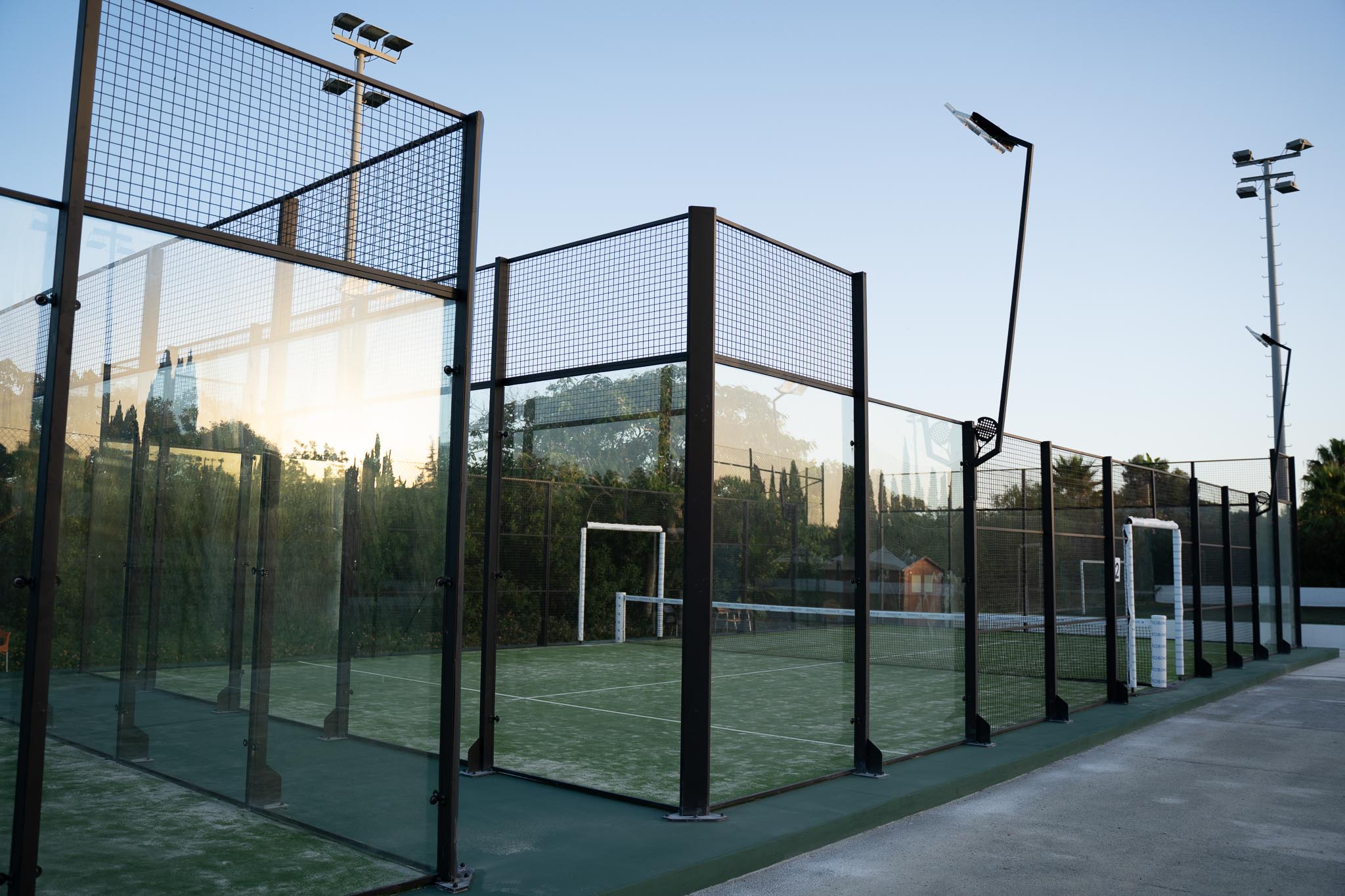When it comes to building a spot court for your construction company, one recreational activity that’s becoming increasingly popular is cornhole. Whether you’re designing a dedicated area for your employees to unwind or creating a welcoming environment for clients, understanding cornhole board dimensions is crucial to ensuring the perfect gaming experience. In this guide, we’ll delve into the essential aspects of cornhole board dimensions and how they can enhance your spot court construction project.
Cornhole: A Game For All Occasions
Cornhole, also known as bean bag toss or dummy boards, is a simple yet enjoyable lawn game that involves tossing bean bags filled with corn kernels or beans onto a slanted wooden board with a hole in it. The objective is to score points by getting your bean bags through the hole or landing them on the board. It’s a game that people of all ages can enjoy, making it a fantastic addition to your spot court.
Understanding Cornhole Board Dimensions
To create a spot court that caters to cornhole enthusiasts, you need to understand the standard cornhole board dimensions. These dimensions ensure a level playing field and a fair game for everyone involved.
Board Dimensions
The standard cornhole board dimensions are as follows:
- Length: 48 inches (4 feet)
- Width: 24 inches (2 feet)
- Thickness: 0.5 inches (1/2 foot)
These dimensions are essential to maintain consistency in gameplay. Boards that deviate significantly from these measurements can result in an unfair advantage or disadvantage for players. Therefore, precision in construction is key to providing a top-notch cornhole experience on your spot court.
Hole Dimensions
Equally important are the dimensions of the hole on each cornhole board. The hole should be perfectly centered and have the following dimensions:
- Diameter: 6 inches
- Center of the hole should be 9 inches from the top of the board and 12 inches from each side.
Ensuring the hole is precisely positioned and the right size is crucial for the game’s integrity. Players need to have a consistent target to aim for, and any deviation can lead to frustration and unfair play.
Board Angle
The angle of the cornhole board is another crucial factor. The front edge of the board should be raised, creating an angle of approximately 10 degrees. This slight incline allows the bean bags to slide towards the hole while still providing a challenging and enjoyable experience for players.
Why Cornhole Board Dimensions Matter
Now that we’ve covered the standard cornhole board dimensions, let’s delve into why these measurements are so important for your spot court construction company.
Fair Gameplay
Consistent board dimensions ensure fair gameplay for everyone involved. Players from different skill levels can compete on a level playing field, where the only factors determining success are skill and strategy. This fairness is crucial to creating a positive experience for employees or clients using your spot court.
Safety
Accurate dimensions also contribute to safety. When boards are constructed with precision, there is less risk of tripping or falling during gameplay. Additionally, proper board dimensions help prevent bean bags from bouncing erratically, reducing the chances of injury.
Professionalism
If your spot court is intended for corporate or client use, adhering to standard cornhole board dimensions reflects professionalism. It shows that your construction company pays attention to detail and values the recreational needs of its employees and clients. A well-constructed cornhole court can leave a lasting positive impression.
Customization Opportunities
While standard dimensions are crucial for fair play, you can still add a unique touch to your spot court by customizing the design of the cornhole boards. You can paint the boards with your company’s logo or colors to create a personalized look without compromising gameplay.
Materials for Cornhole Boards
In addition to understanding the dimensions, choosing the right materials for your cornhole boards is equally important. The construction of the boards impacts their durability and overall quality.
Plywood
Plywood is the most common material used for cornhole boards. It’s affordable, readily available, and easy to work with. For regulation play, select a high-quality plywood with a smooth surface to ensure the bean bags slide smoothly. The thickness should be 1/2 inch to meet standard dimensions.
Framing
The frame of the cornhole board is typically made from 2×4 lumber, which provides stability and support. The frame should be positioned beneath the plywood surface and securely fastened to prevent wobbling or warping over time.
Hardware
Quality screws, nuts, and bolts are essential to keep the boards together. Choose rust-resistant hardware to ensure the longevity of your cornhole boards, especially if they will be exposed to outdoor elements.
Finish
To protect the boards from the elements and maintain their appearance, apply a clear polyurethane finish. This will help prevent moisture damage and maintain the smooth playing surface.
Conclusion
Incorporating a cornhole court into your spot court construction project is a fantastic way to enhance the recreational offerings for your employees or clients. Understanding the standard cornhole board dimensions and using high-quality materials is crucial to creating a fair, safe, and professional gaming experience.
By paying attention to these details and ensuring that your cornhole boards meet the recommended dimensions, you’ll be well on your way to constructing a spot court that provides hours of entertainment and relaxation for all who use it. So, go ahead and start planning your spot court with cornhole in mind, and watch as it becomes a favorite pastime for everyone who visits.




